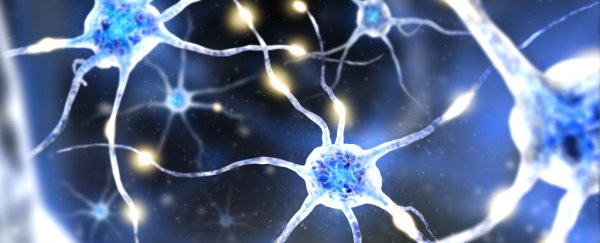Neuroscientists have gained unprecedented insight into how memories are formed - and what happens when that process goes haywire.
Led by a team from Colombia's Mortimer B. Zuckerman Mind Brain Behaviour Institute and the Columbia University Medical Centre (CUMC), the study was conducted on newly generated brain cells in conscious mice. This process (of generating new neurons that integrate into existing circuits) is known as 'adult neurogenesis'.
Attila Losonczy, senior author on the paper and assistant professor of neuroscience, explained the significance. He asserts: "Our approach allows us to compare the activity of newborn and mature cells in the brains of behaving animals. These findings could help scientists decipher the role that adult neurogenesis plays in both health and disease."
The region of the brain that these researchers are focused on is known as the dentate gyrus, a small structure buried deep within the brain, making it difficult to study. This region is also one of the very few areas that is able to continue to grow new cells after birth (most brain cells are made before one is born).
However, we don't really understand why new cells are produced here. "One of the great unanswered questions in neuroscience is, why did nature decide to replenish cells in this region of the brain, but not others?" says Losonczy.
This research may help us answer this question.

Previous studies on the dentate gyrus and its cells suggested that they could be responsible for how the brain is able to differentiate between familiar yet new environments, which is a process known as pattern separation. This process is integral to your brain's internal GPS and allows you to remember locations that look alike but are otherwise new ground.
Mazen Kheirbek explains that previous research has failed to image the dentate gyrus at this level of detail, to say nothing of imaging the individual cells that reside within it. Now, their team was able to show that adult-born granule cells act differently than their mature neighbours, and they determined why that difference is so critical.
Specifically, the difference is in the unique activity pattern of adult-born granule cells that, shortly after they are born, exhibit a heightened excitability compared to more mature cells. This activity tapers off after six weeks, but that initial burst offers clues to understanding memories and pattern separation.
"These findings reveal that adult-born granule cells are required not only to encode the memory of a new experience, but also to determine whether one experience is different from the next," said Kheirbek.
René Hen, professor of neuroscience and pharmacology (in psychiatry) at CUMC said that "understanding how adult-born granule cells impact behaviour in the living brain is an important step toward one day harnessing this process for therapeutic purposes".
Their findings are published in the journal Neuron.
This article was originally published by Futurism. Read the original article.
